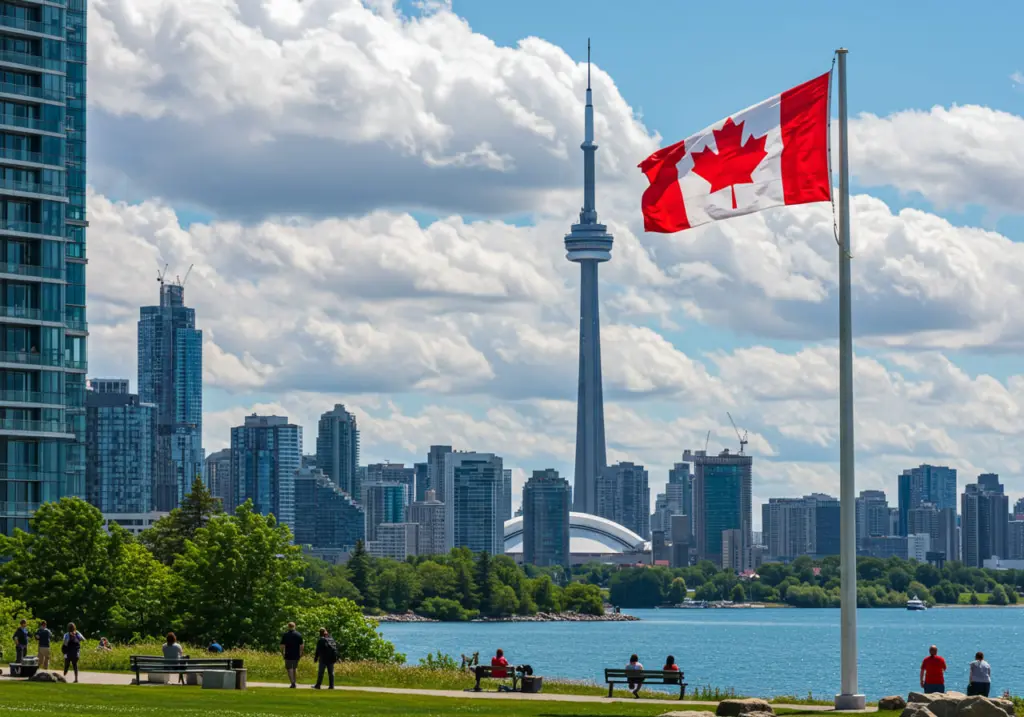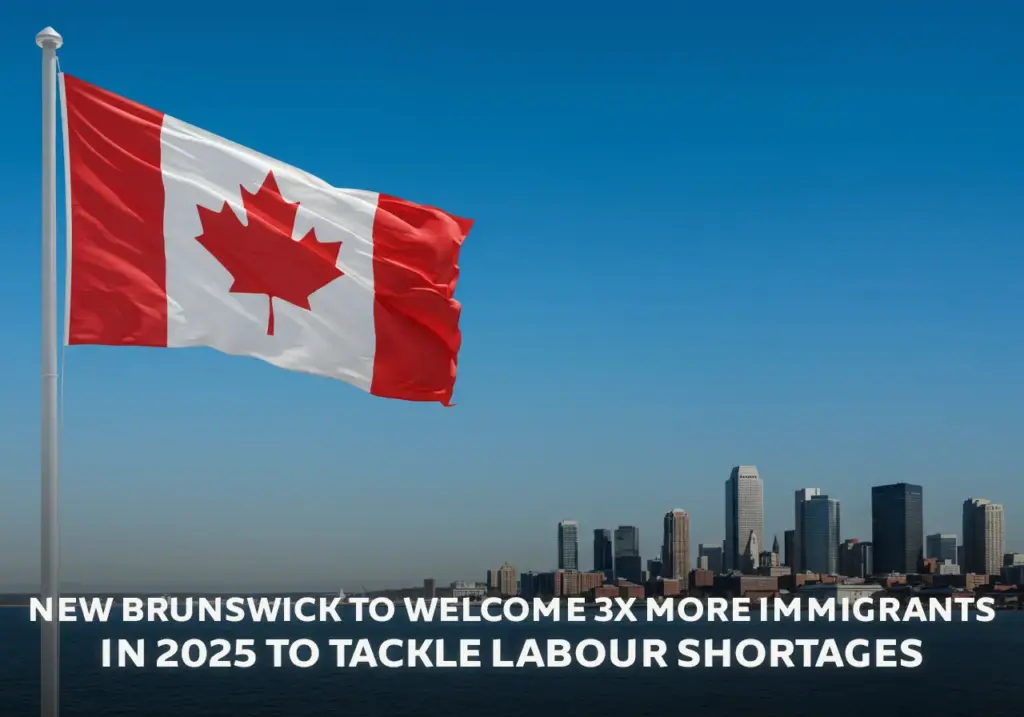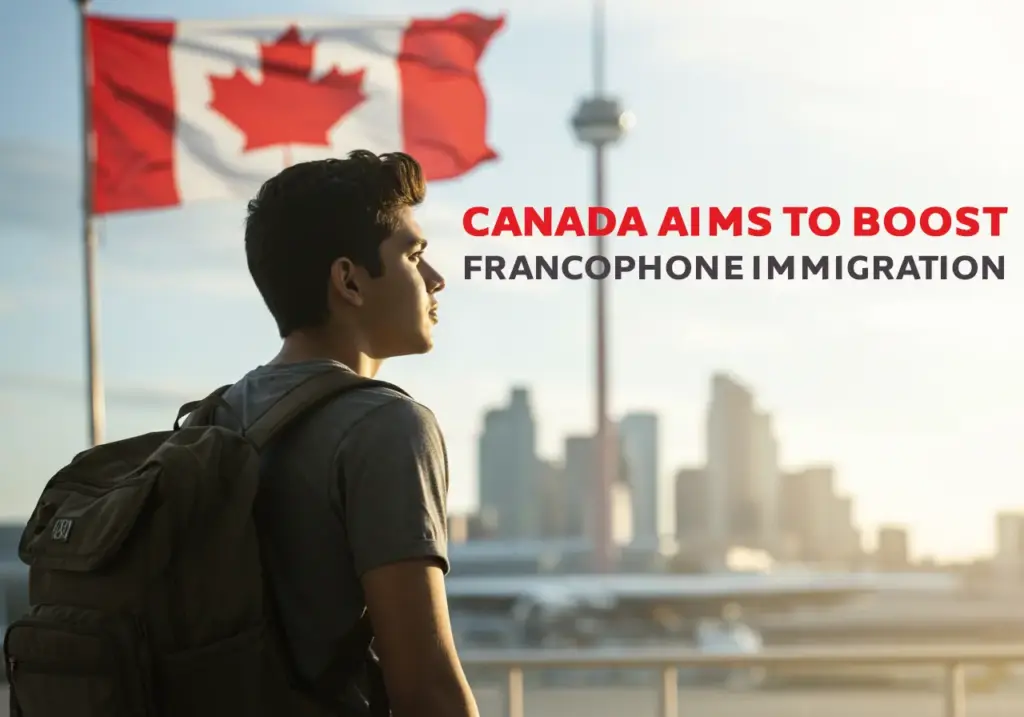What are the two new immigration streams introduced by Canada under the EMPP?
Immigration, Refugees, and Citizenship Canada (IRCC) announced two important changes within the Economic Mobility Pathways Pilot (EMPP) program. The subsequent implementation of IRCC is a significant milestone in Canadian immigration history as it creates new means to allow potential immigrants to add economic value and enhance cultural diversity within our borders by coming through specially designed pathways within the EMPP platform.

Innovative Immigration Paths for Skilled Refugees and Displaced Individuals Launched by Canada
Canada has announced two new opportunities for skilled refugees and displaced individuals through the Economic Mobility Pathways Pilot (EMPP). The main aim is to make use of talented people who are usually not seen and offer them a way of continuing their professions in Canada by applying their education, skills, training, and work experience.
Canada is helping refugees and people who had to move to settle in. Sean Fraser, the Minister for Immigration, Refugees, and Citizenship, said this. He talked more about a speech from March 27, 2023, and gave more about EMPP economic paths within regions.
Introducing these immigration flows allows Canadian employers to access a competent refugee labour market to meet workforce needs while ensuring important humanitarian considerations are addressed at the same time as economic upgrading goals in Canada.
EMPP Federal Skills Job Offer Stream
The first of the two streams, the EMPP Federal Skills Job Offer Stream, is aimed at individuals who have received a job offer from a Canadian employer. This way, Canadian bosses meet many job needs in different areas and jobs, like health jobs (helping nurses, caregivers, and nursing home helpers), tech jobs (computer programmers, website makers), engineering jobs (machine and electricity builders, helpers), moving and storing, travel and hotel work, and driving and delivering.
EMPP Federal Skills Without a Job Offer Stream
On the other hand, the Federal Skilled Worker stream recognizes highly skilled refugees, even though they lack job offers. Through this stream, such candidates are considered to have skills that are highly needed in all corners of the Canadian job market and can find jobs easily once they come to Canada.
It is consistent with Canada’s current dedication as the Chair of the Global Taskforce on Labour Mobility that the EMPP initiative be increased. In 2016, Canada received more than 46,500 refugees from more than 80 different countries. The Canadian government intends to make its immigration system more responsive to economic and humanitarian requirements.
Find out if you are eligible to get in Canada →
“Helping employers access a new global talent pool is another way we are using our immigration system to address ongoing labour shortages. Finding these skilled workers among people who happen to be displaced abroad and lack a durable solution is a made-in-Canada solution that we are promoting globally. Canada will continue to develop and scale up these types of innovative measures that allow us to welcome more vulnerable people while helping businesses find the skilled workforce they need to grow.”
– The Honourable Sean Fraser, Minister of Immigration, Refugees, and Citizenship
Setting Immigration Goals for 2023-2025
That shortage of workers is something that needs solutions. Immigration is seen as a way to help with this. The plan for immigration from 2023 to 2025 is to use immigration to help businesses find skilled workers. It also aims to draw talented people to important fields like healthcare, building, making things, and tech. This is a plan that seeks to address the challenges that Canada will face in the next few years.
In the next three years, Canada wishes to attract new settlers per year. For 2023, It was 465,000 new settlers; and for 2024, this is about 485,000; and for 2025, it is 500,000. This is a remarkable increase from about 437,000 new settlers last year and shows the commitment of Canada to solving the work shortage in every part of the country.
The new immigration plan seeks to bolster local systems to manage specific job needs. This encompasses schemes such as the Provincial Nominee Program, the Atlantic Immigration Program, and the Rural and Northern Immigration Pilot, which will help newcomers find jobs that match local needs.
The EMPP’s streams for new immigrants offer targeted pathways to help get people—who are refugees with skills and displaced people—into the workforce and the economy. These initiatives help Canadian employers access diversified talent and support Canada’s humanitarian goals. Through the expanded pathways, Canada reinforces its commitment to using immigration to drive economic growth and social inclusion—addressing critical labour shortages while offering to resettle and professionally integrate skilled people.











